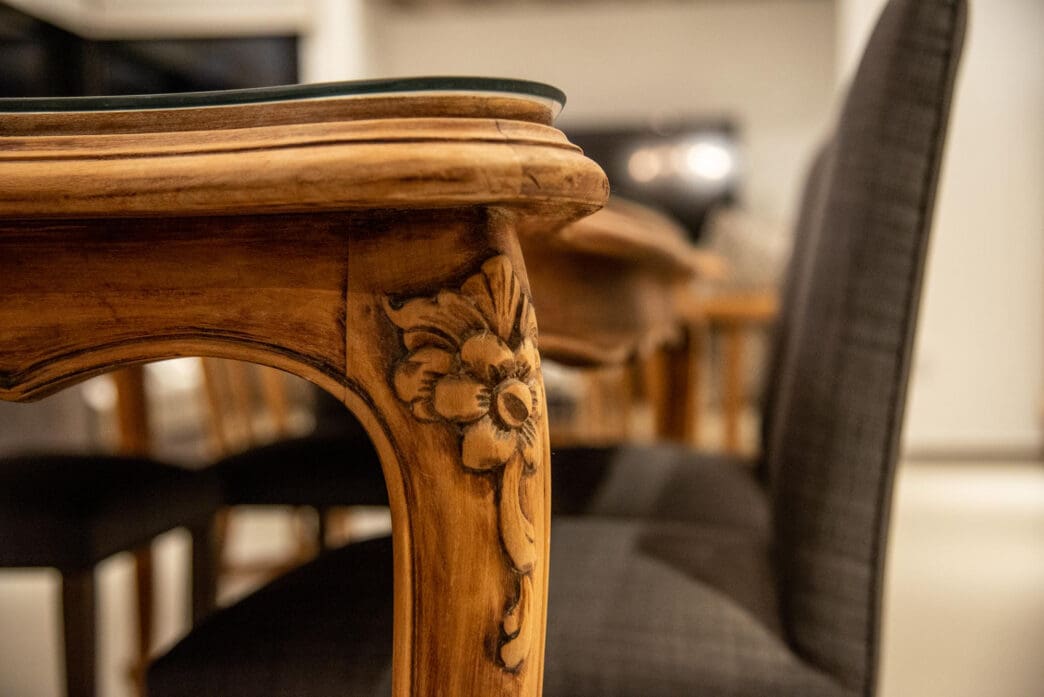Executive Summary
The Story So Far
Why This Matters
Who Thinks What?
President Donald Trump on Monday ordered significant new tariffs on imported wood products, including a 10% duty on foreign softwood lumber and timber, and a 25% tariff on kitchen cabinets and upholstered furniture. These measures, slated to take effect on October 14, are intended to bolster domestic industries and support national security. Industry experts, however, warn that these tariffs could lead to increased costs for homebuilding and furnishing consumers, with further tariff increases planned for January 1, 2026.
Tariff Details and Implementation
The immediate tariffs include a 10% charge on foreign softwood lumber and timber, widely used in building materials, and a 25% tariff on kitchen cabinets, vanities, and upholstered wooden furniture. These rates are scheduled to escalate further on January 1, 2026, when the tariff on cabinets will rise to 50% and on upholstered furniture to 30%. President Trump initially announced these new duties via a Truth Social post last Thursday.
Administration’s Rationale
In his official proclamation, President Trump asserted that the wood tariffs are crucial for strengthening America’s local industries and enhancing national security. He stated that these actions would “strengthen supply chains, bolster industrial resilience, create high-quality jobs, and increase domestic capacity utilization for wood products.” The White House had previously ordered the Commerce Department in March to investigate potential national security threats posed by imported lumber.
President Trump has consistently criticized Canada, the primary source of US lumber imports, and claims the United States possesses sufficient timber resources to meet its own needs. He has argued that America can manage without Canadian lumber and that Canada imposes unfair tariffs on US lumber exports. Despite these assertions, industry experts contend that the situation is more complex.
Industry Concerns and Economic Impact
Economists and homebuilders caution that the United States currently lacks the industrial capacity to meet domestic demand for lumber, even with its abundant timber resources. They warn that significant tariffs on Canadian imports could exacerbate the ongoing housing affordability crisis by increasing building costs. Canada supplies approximately 30% of the softwood lumber used annually in the US homebuilding industry, and these imports are already subject to existing countervailing and anti-dumping duties of 14.5%.
Previous tariffs imposed by President Trump have already led to substantial increases in furniture prices over the past year. According to the Bureau of Labor Statistics, overall furniture costs rose by 4.7% last month compared to August 2024, with living and dining room furniture experiencing a 9.5% increase over the same period. China and Vietnam, the leading sources of imported furniture, each exported $12 billion worth of furniture and fixtures to the United States last year.
President Trump has maintained that foreign manufacturers have “oversupplied” the US market, necessitating these tariffs to regain American manufacturing prowess. He specifically highlighted the struggles of North Carolina’s furniture-making industry in recent social media posts. Shares of major retailers like Wayfair, RH, and Williams-Sonoma experienced declines in recent days following the tariff threats.
Outlook
These new tariffs represent a significant policy move aimed at reshaping the US wood products market and supporting domestic manufacturing. While President Trump asserts that these measures will bolster American industries and national security, critics contend they may lead to higher consumer prices and exacerbate existing challenges within the housing sector.








